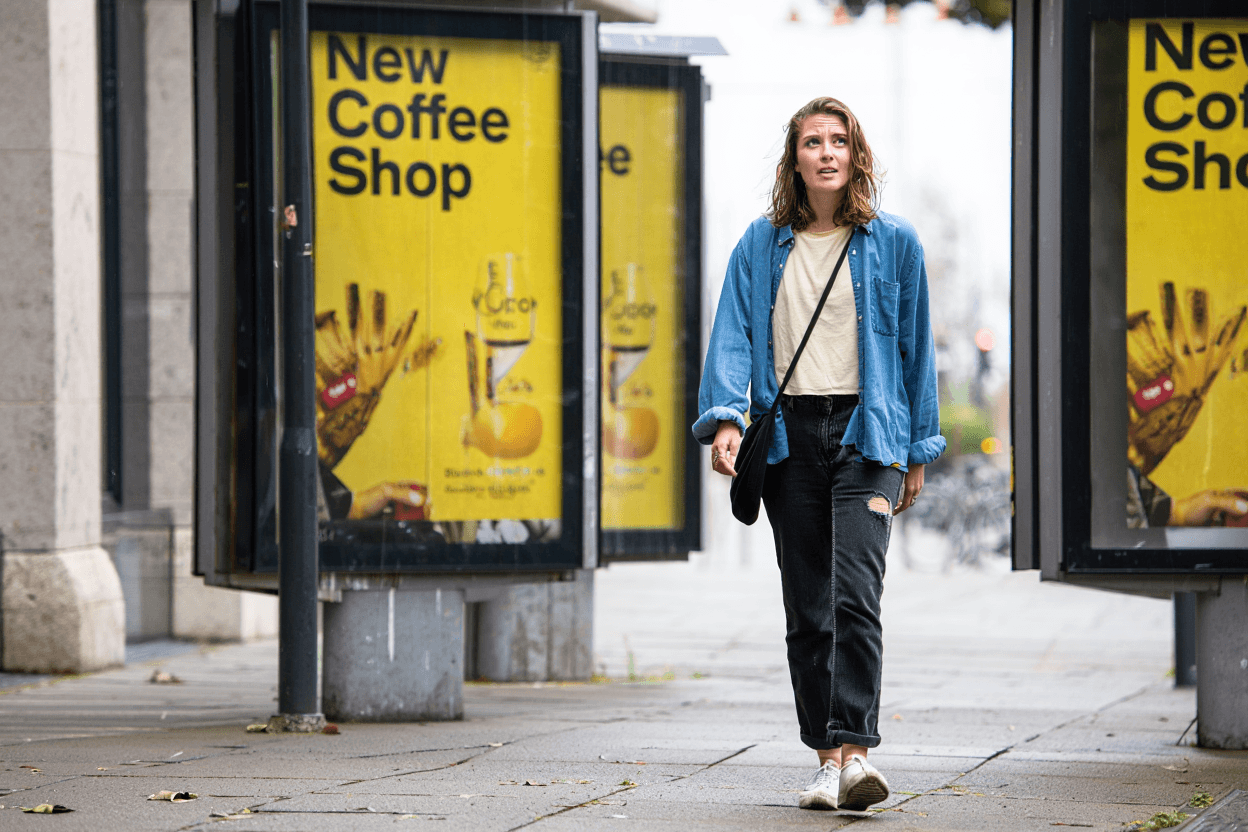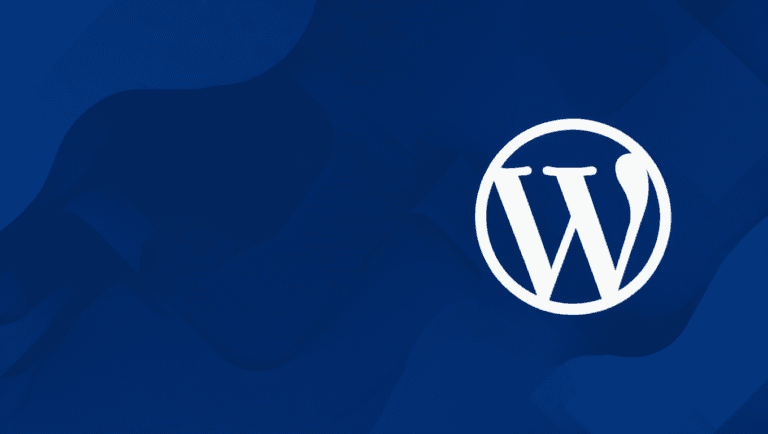Ad frequency is the average number of times a single person sees your ad within a set period, and in Meta Ads (Facebook and Instagram), it can make or break a campaign. Too few exposures and your audience may not remember you; too many, and you risk ad fatigue, rising costs, and negative brand perception.
In 2025, Meta’s advertising environment is more complex than ever. AI-driven placement, automation, and audience expansion tools mean your ads are reaching more people in more places, but without careful frequency management, those same tools can lead to oversaturation. Meta’s Target Frequency feature, rolled out globally in late 2024, has made it possible to specify your ideal exposure rate and let the algorithm aim for it. However, this isn’t a “set-and-forget” solution. Knowing when to push frequency and when to pull back still requires careful analysis, audience segmentation, and creative strategy.
Repeatedly showing the same ad without introducing creative variation can quickly erode engagement, driving up costs and reducing campaign effectiveness. In today’s competitive ad environment, managing frequency is no longer just a campaign hygiene task; it’s a critical lever for both performance and profitability.
What is Ad Frequency in Meta Ads?
Ad frequency is calculated as Impressions ÷ Reach, a simple equation that hides a lot of complexity. Impressions count every time an ad is displayed, while reach counts only unique viewers. The ratio tells you how many times the average person in your audience has been exposed to your ad.
This metric has to be interpreted in context. For example, a frequency of 5 may be too high for a small, high-intent audience in a short-term promo but might be exactly right for a brand awareness push where you need to build recognition.
Meta’s Target Frequency is changing how advertisers manage delivery, but it still works best when paired with human oversight. Algorithms can aim for a number, but they can’t always interpret whether that number translates into real business outcomes.
Why Ad Frequency Management is Essential
The biggest risk of uncontrolled frequency is ad fatigue, when people have seen an ad so often that they stop noticing it or actively avoid it. Fatigue impacts every key metric: CTR falls, CPC rises, CPM inflates as your ads lose auction competitiveness, and conversions drop.
What’s less obvious is how frequency impacts the creative testing process. If you’re running an A/B test and your test group is exposed to one creative more often than the other, your results may reflect fatigue bias rather than creative performance. Similarly, oversaturation in one audience segment can skew retargeting pool quality and make subsequent campaigns less effective.
The reverse is also true: too low a frequency risks leaving money on the table. Without enough exposure, potential customers may not move from awareness to consideration. This is especially critical in competitive industries where multiple brands are targeting the same audience. If your competitor maintains a consistent presence and you don’t, they’re more likely to win the conversion.
Best Practices for Meta Ad Frequency Optimisation
There’s no universal “magic number” for frequency; it depends on audience size, campaign objective, and creative assets. However, a modern optimisation framework in 2025 includes:
Frequency Targets by Objective
- Awareness: 2-3 per week to plant the memory seed without overwhelming new audiences.
- Consideration: 3-5 per week to reinforce messaging and encourage deeper engagement.
- Conversion/Remarketing: 5-8 per week, but with deliberate creative rotation to prevent fatigue.
Leveraging Meta’s Target Frequency Feature
Target Frequency works best when your audience pool is large enough for the algorithm to optimise delivery without repeating the same impressions to the same people. For example, setting a target of 2.5 for an awareness campaign can sustain reach while preventing waste, while a remarketing campaign might set a target closer to 5–6 for high-intent segments.
Creative Sequencing
One of the most effective ways to maintain higher frequency without causing fatigue is to vary the message through storytelling. Instead of showing the same ad multiple times, design a progression: introduce the product, demonstrate benefits, then share proof through testimonials or user-generated content. This maintains attention while reinforcing the brand narrative.
Proactive Monitoring and Rotation
Review performance at least weekly. Monitor CTR, CPC, and conversion rates in relation to frequency trends. Swap or refresh creatives before drop-offs occur — ideally just as performance indicators start to soften, not after a full decline.
The Business Impact of Frequency Optimisation
When frequency is optimised, the benefits extend beyond individual campaign performance:
- Lower CPA: Reduced waste from overserving ads to disengaged users.
- Stronger Brand Sentiment: Audiences see you as relevant, not repetitive.
- Accurate Creative Insights: Test results reflect true creative impact, not fatigue bias.
- Sustained Auction Competitiveness: Better engagement signals improve delivery efficiency in Meta’s auction system.
For brands operating in crowded industries, frequency control can be the difference between running a campaign that performs for a week and one that scales profitably for months.
Why Expert Management is Non-Negotiable
Meta’s ad delivery is influenced by countless variables – audience size, overlap with other campaigns, competitive bidding conditions, seasonal surges, and the evolving performance of individual creatives. This means optimal frequency is never static.
The most common mistake advertisers make is applying a single frequency cap or target and leaving it untouched for the duration of a campaign. This ignores the dynamic nature of ad delivery. Frequency needs to be adjusted based on real-time data, creative performance, and auction feedback.
Here at Arcadian, we go far beyond simply setting a frequency target. We:
- Identify early signs of fatigue by closely tracking metrics like CTR, CPC, and engagement rates, making proactive adjustments before costs escalate.
- Plan and implement creative rotations that align with audience engagement cycles, keeping ads fresh and relevant across multiple exposures.
- Integrate frequency analysis into broader campaign optimisation, ensuring every impression is purposeful and directly contributes to your business goals.
This hands-on, data-driven approach turns frequency from a potential liability into a reliable growth driver.
Turning Frequency into a Competitive Advantage
Ad frequency is more than a metric; it’s a performance lever that shapes ROI, brand perception, and campaign longevity. In driving a Meta Ads strategy, ensuring the right frequency means that your message is seen often enough to drive action, but not so often that it loses impact or wastes budget.
With the rapid evolution of Meta’s tools and audience behaviours, frequency optimisation is no longer an optional tactic; it’s a core discipline in paid social strategy. Brands that manage it well can sustain performance, scale profitably, and maintain audience goodwill. Those that don’t risk losing both revenue and reputation.
Partnering with a team that understands these dynamics ensures that frequency is not just controlled but strategically leveraged for growth. Contact us today to see how we can optimise your Meta ad campaigns for maximum impact.




